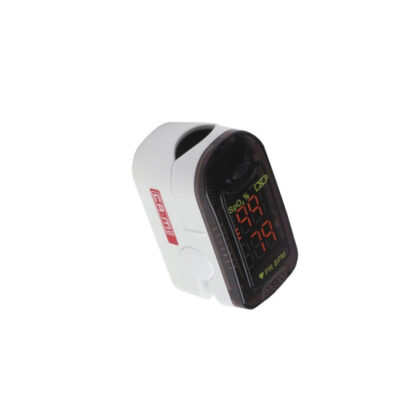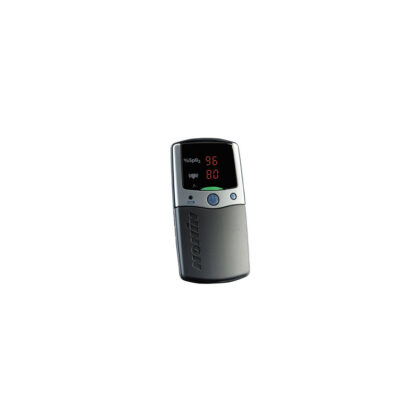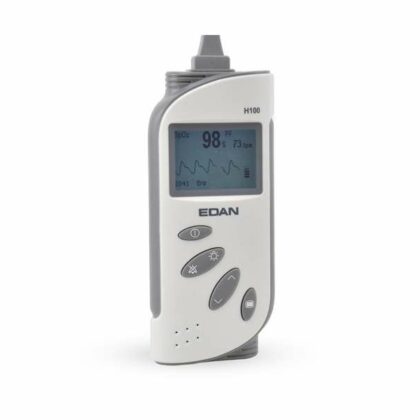Oxymetry and Covid-19
Oximeters are devices that, especially since the outbreak of the Covid-19 pandemic, have become popular to consumers. Many patients with Covid-19 disease have low oxygen levels even when they are feeling well. Low oxygen levels can be an early warning sign that medical intervention is needed. Pulse oximetry is a method that measures blood oxygen saturation (SPO2) and heart rate (PR) in a non-invasive way. Many consider it a vital sign, such as high blood pressure. Oxygen saturation expresses the percentage of oxyhemoglobin (i.e., oxygen-bound hemoglobin) in the blood. In other words, oxygen saturation expresses the percentage of blood that, at the specific time of the measurement, carries oxygen to the tissues. It is a very important parameter for the respiratory system. Many respiratory diseases can cause a decrease in hemoglobin saturation in human blood. In addition, there are clinical conditions that can cause problems with oxygen supply resulting in reduced hemoglobin saturation, eg dysfunction of the autonomic function after anesthesia, severe postoperative or medical trauma, etc. Such cases may cause headache, weakness, etc. or even risk to the patient's life. Therefore, in clinical practice it is very important to know the patient's oxygen saturation in time, so that doctors can detect a potential problem early.
Oximeters are portable, easy to use and easy to carry and measure the above valuesquickly and accurately. All the patient needs to do is place his index finger on the product's photoelectric sensor and the hemoglobin saturation value will be displayed on the screen. A ray of red light passes through the fingertip when using the device. Oxygen level or oxygen saturation (SpO2) is determined by measuring how much light is absorbed as it passes through the fingertip.
Normal blood oxygen levels are around 97% (with a range of 94% to 100; values below 90% are considered alarming and dangerous, as the brain may not be oxygenated properly, resulting in confusion, lethargy or other disorders. If saturation falls below 80%, the risk of damage to vital organs increases1. As a general rule: If the patient has shortness of breath or when the SpO2 is measured <95% we should consult a doctor in order to receive medical advice and guidance.



